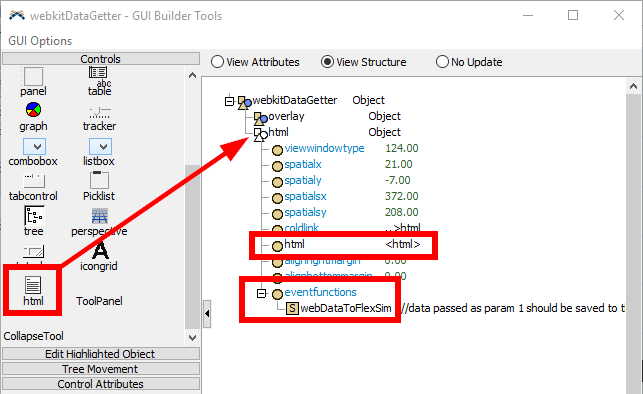I think this is actually something that would be extremely useful for a lot of users, and also fairly easy to implement due to development in the software in the last few years. The idea would be something like webvalue(String - website url, String - HTML element id, Boolean - on Reset). The first parameter would be for the url of the site with the value. The second would be for the id of the element that contains the string. The third would be a value that determines if the value is obtained from the website on reset only and stored in a label to be used for future calls (if the function is called during the model run it would just reference the value in the label) or if a request is done each time it is called (this could really slow down a model, but if the value is changing on the web page frequently it may be worth it to the user). This would basically make it easier to maintain models whose values can be linked to web dashboards. It would also make it easier to create an emulation like simulation of a running production line.
Additionally, a built in browser with a sample tool that the user could use to auto-populate this function would be great...
A quick example of when this might be useful. A certain station on a production line might have a web dashboard that gives the weekly yield of the station. That value could be referenced from the webpage into the model, so that the model accurately reflects what is happening in the current week.

